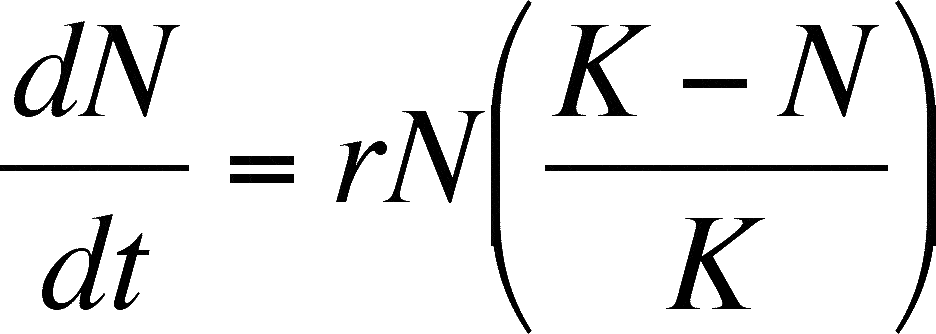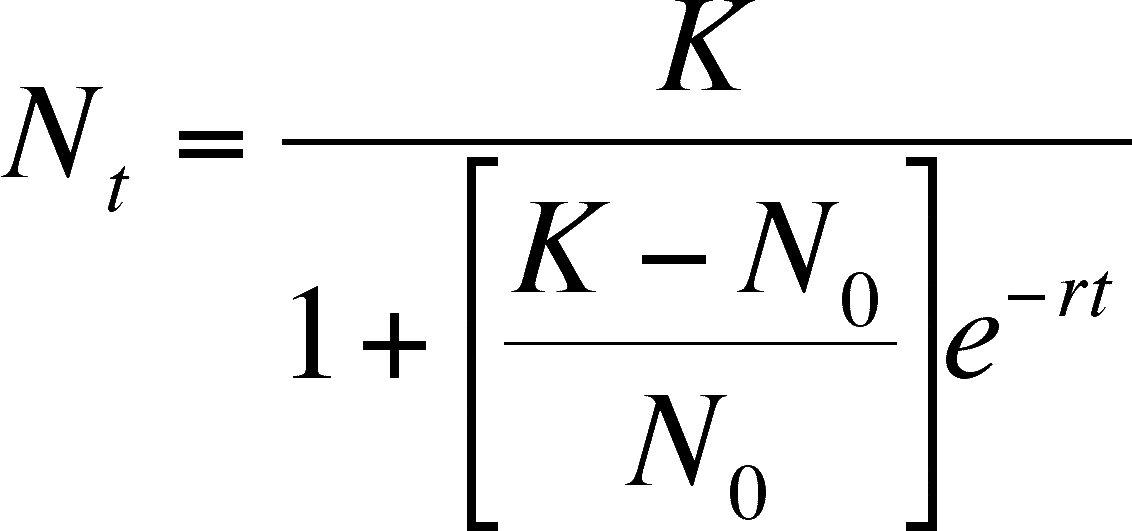I am an avid reader and love to
read science fictions, science journals and biographies of greatest researchers
of all times. Recently, I came across a book ‘The Elegant Universe’ by Brian
Greene which is a technical collections of theories around superstrings, hidden
dimensions, time travel and theory of relativity.
For me, Einstein’s theory of
relativity always had a pull which intrigued me to try understanding this
non-intuitive phenomena. The theory claims that when a person is in motion, the
time he observes runs slower than everyone stationary. So, if a person can move
at 667miles per hour, which is 99.6% of speed of light time in his part of the
world would be 10 times slower. That means if life expectancy of this person is
70 years that would correspond to 700 years in his motion frame.
This is quite interesting because
I like travelling and if I am in motion then my body clock will tick slower and
hence I would live longer. Seriously! But there is a catch. Because my body
clock is moving slower, all my activities would also slow down as if I am in a
slow motion world. I won’t be able to observe this but stationary world will.
Now comes the crazy thought, is it possible to reverse this effect? That is can
everything else than me slow down and I can observe this all. Think about the
sitcom Heros where a person gets ability to slow down and eventually pause the
time. But technically that means everything other than me has to move extremely
fast. That seems counter intuitive because if they are moving at near light
speed how can they be in slow motion?
But the craziest thing is that it
really happens. They will be moving extremely fast in speed but at the same
time very slow in time and that’s where our common sense of space-time left us
entangles. The person in motion is very fast in space but slow in time and
therefore he is analogous to planet Venus which is very fast in revolving
around sun but at the same time very slow in revolving around its own axis. It
takes 224.7 earth days to take one full spin.
The important thing to notice is
that after slowing down the time a person can live longer than others but as he
himself gets slowed down his life experience for 700 years would be exactly
same as if it was 70 years. This reminds me of a story of King Muchukunda.
According to Hindu mythology, Muchukunda was born in the family of Iksvaku
whose descendants include Lord Ram too. He was a great warrior and when, in a
battle, the deities were defeated by the demons, they sought help from king
Muchukunda. King Muchukunda agreed to help them and fought against the demons
for a long time. Since the deities did not have an able commander, king
Muchukunda protected them against the demonic onslaught, until the deities got
an able commander like Kartikeya, the son of Lord Shiva. Then Indra, King
of deties, said to the king Muchukunda, "O king, we, the deities are
indebted to you for the help and protection which you have given us, by
sacrificing your own family life. Here in the heaven, one year equals three
hundred and sixty years of the earth. Since, it has been a long time, there is
no sign of your kingdom and family because it has been destroyed with the
passage of time. We are happy and pleased with you, so ask for any boon except
Moksha (liberation) because Moksha is beyond our capacities".
Muchkunda asks Indra for a boon
to sleep. While fighting on the side of the deities, king Muchukunda did not
get an opportunity to sleep even for a moment. Now, since his responsibilities
were over, overcome by tiredness, he was feeling very sleepy. So, he said,
"O King of the deities, I want to sleep. Anyone who dares to disturb my
sleep should get burnt to ashes immediately". Indra said, "So be it,
go to the earth and enjoy your sleep, one who awakens you would be reduced to
ashes". After this, king Muchukunda descended to earth and selected a
cave, where he could sleep without being disturbed.
Centuries later Lord Krishna was
battling with Kalyavan. Kalyavan had a boon to never get defeated in a battle
and therefore Krishna had to run and hide in the same cave. Kalyavan chased
Krishna and in a fit of anger and unable to see in the dark attacked Muchukunda
mistaking him to be Krishna. When Muchkunda opens his eyes, his gaze falls on
Kalayavan who is immediately burnt to ashes.
This simple mythological story
explains the same theory proposed thousands of years later by Einstein.
Interestingly, Einstein himself was a big believer of Hindu mythology and
claimed that Srimadbhagwatgeeta is the most scientific religious book he has
ever read. The mythological story remains just an anecdote but it gives some
inklings to a great treasure of scientific knowledge which we have always
ignored.



